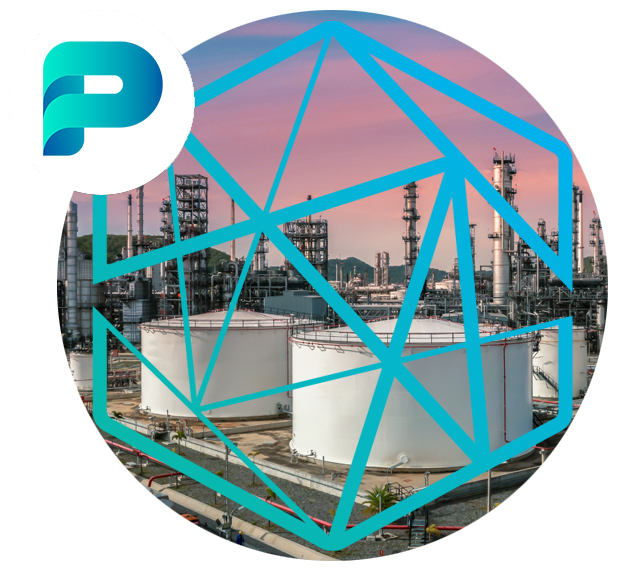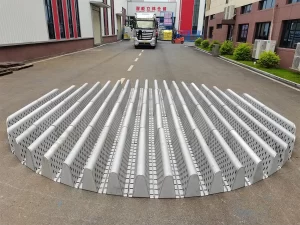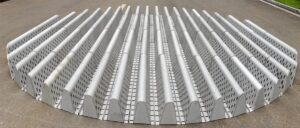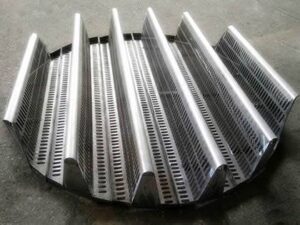
A support plate, also known as a support grid or distributor plate, is a component used in various industrial equipment, including columns, vessels, and tanks, to provide structural support and even distribution of load, fluids, or other materials. Support plates play a crucial role in maintaining the integrity and proper functioning of the equipment by evenly distributing weight, preventing sagging, and facilitating efficient fluid flow.





